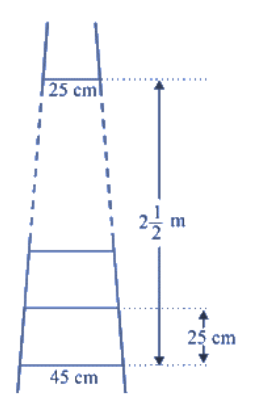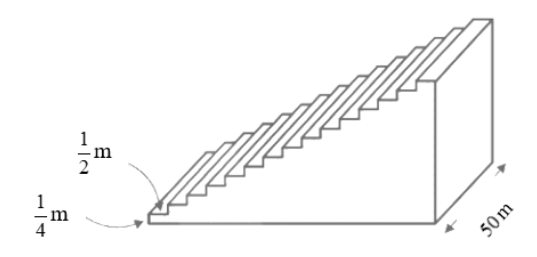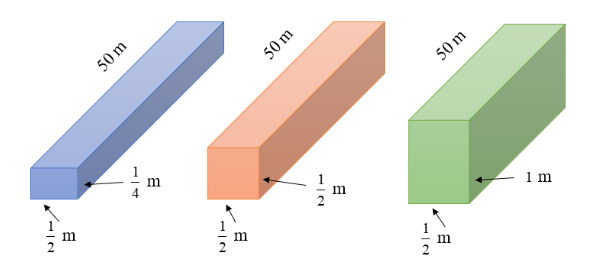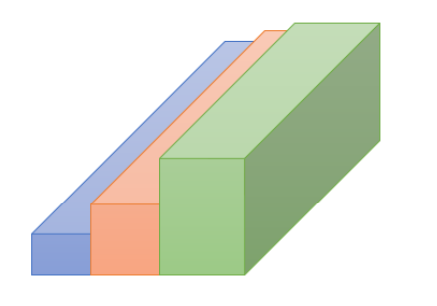Class 10 Maths Chapter 5 Questions and Answers - Free PDF Download
NCERT Solutions For Class 10 Maths Chapter 5 Arithmetic Progressions Exercise 5.4 - 2025-26
FAQs on NCERT Solutions For Class 10 Maths Chapter 5 Arithmetic Progressions Exercise 5.4 - 2025-26
What are NCERT Solutions for Class 10 Maths Chapter 5 Exercise 5.4?
NCERT Solutions for Class 10 Maths Chapter 5 Exercise 5.4 include step-by-step answers and explanations to help students understand arithmetic progressions. They are aligned with the latest NCERT curriculum.
How does solving Exercise 5.4 help with understanding arithmetic progressions?
Exercise 5.4 provides practice problems that reinforce concepts of arithmetic progressions. Working through these exercises enhances problem-solving skills and clarifies formulas.
Where can I find free PDF solutions for Class 10 Maths Chapter 5?
You can access free PDF solutions for Class 10 Maths Chapter 5 on the Vedantu website. These PDFs include detailed explanations and examples for self-study.
What topics are covered in Class 10 Maths Chapter 5 Exercise 5.4?
Chapter 5 Exercise 5.4 covers various aspects of arithmetic progressions, including formulas and application problems. It emphasizes key concepts for better comprehension.
Can NCERT Solutions for Class 10 Maths Chapter 5 Exercise 5.4 aid in exam preparation?
Yes, NCERT Solutions for this exercise provide clarity and structured practice, helping students prepare effectively for exams by mastering arithmetic progressions.
What is the importance of learning arithmetic progressions in Class 10?
Learning arithmetic progressions is crucial in Class 10 as it forms the foundation for advanced mathematical concepts and problem-solving strategies used in higher studies.
How can Vedantu’s solutions enhance my understanding of Exercise 5.4?
Vedantu’s solutions provide clear, step-by-step guidance on solving problems, making it easier to grasp the concepts of arithmetic progressions and apply them effectively.
What common mistakes should I avoid in Chapter 5 Exercise 5.4?
Common mistakes include miscalculating common differences and misunderstanding series terms. Reviewing NCERT Solutions can help identify and correct these errors.
Are the solutions for Class 10 Maths Chapter 5 Exercise 5.4 aligned with NCERT guidelines?
Yes, the solutions are completely aligned with NCERT guidelines, ensuring that students follow the prescribed curriculum accurately while studying.
What formats are available for the solutions of Chapter 5 Exercise 5.4?
The solutions for Chapter 5 Exercise 5.4 are available online and as a free PDF, allowing students to study anytime, anywhere offline.




















 Watch Video
Watch Video


























